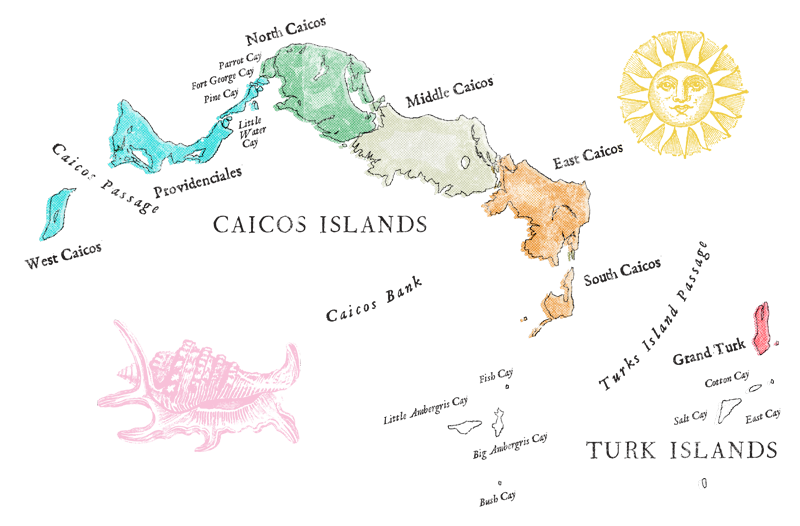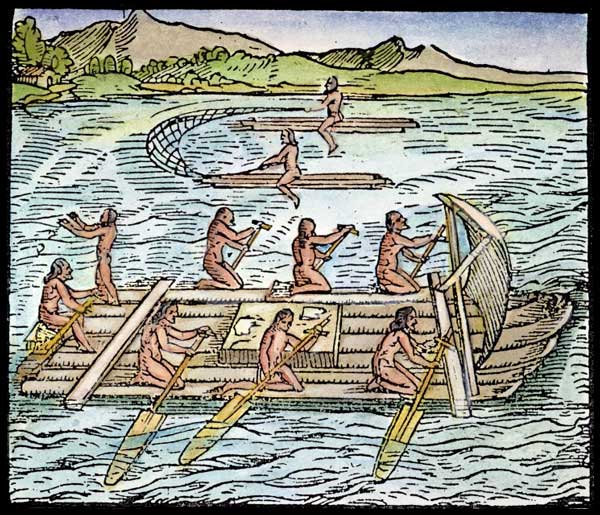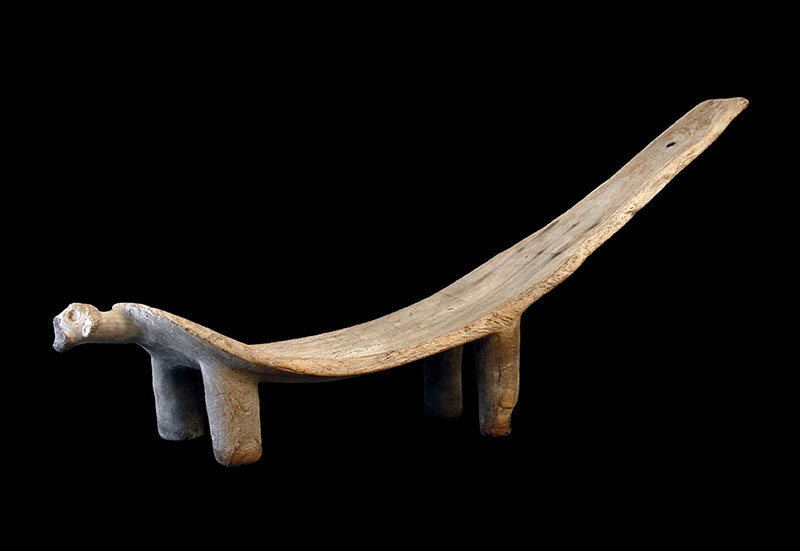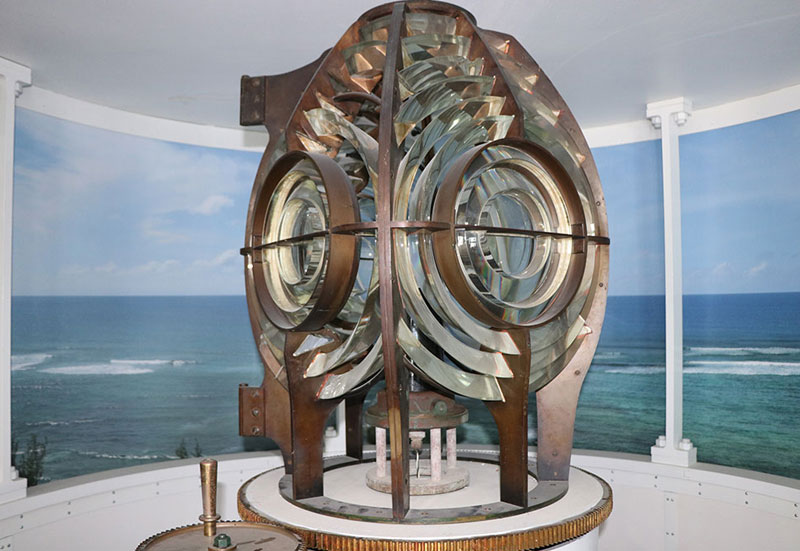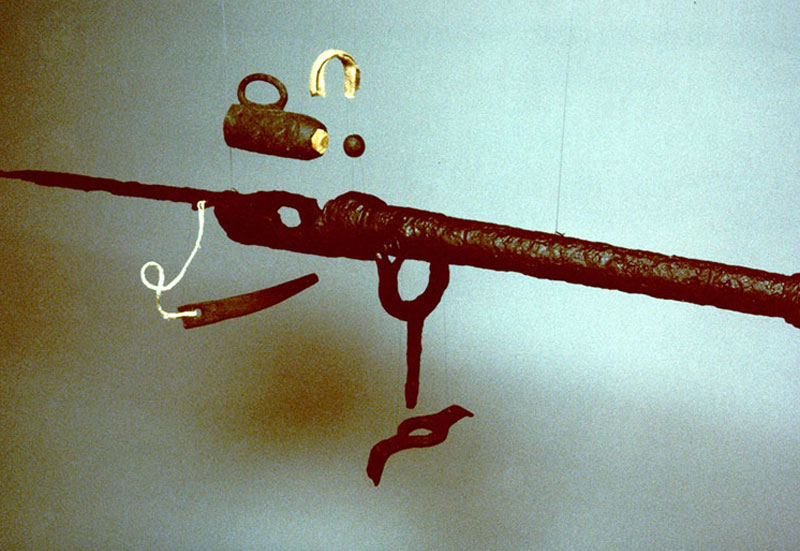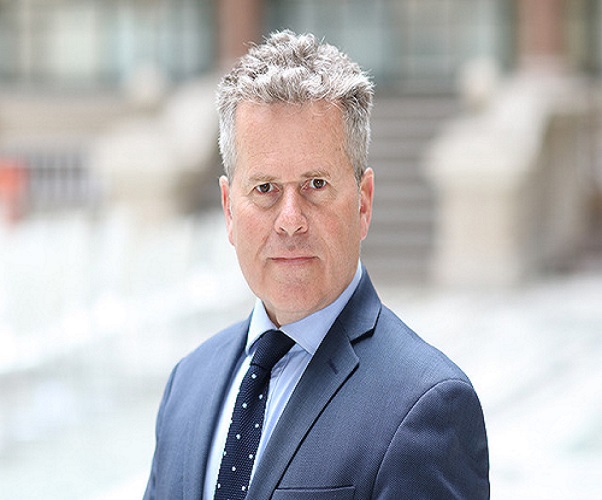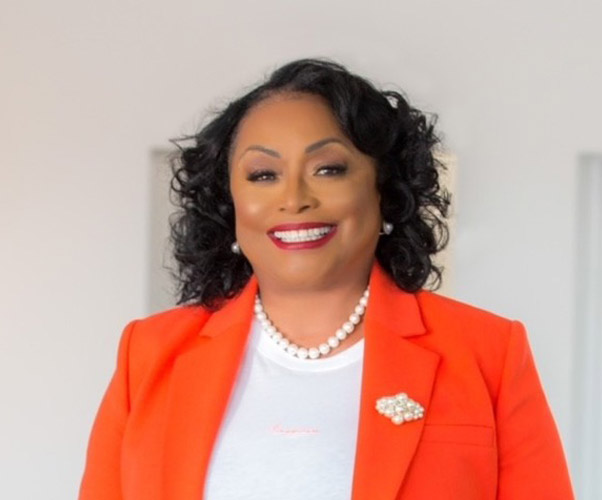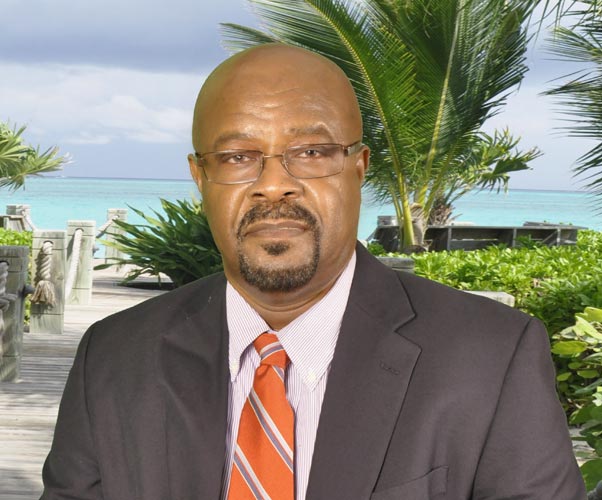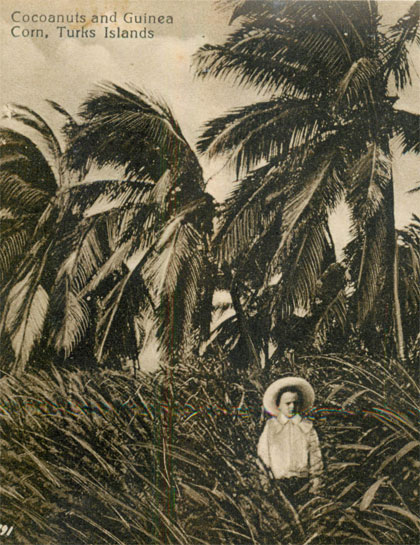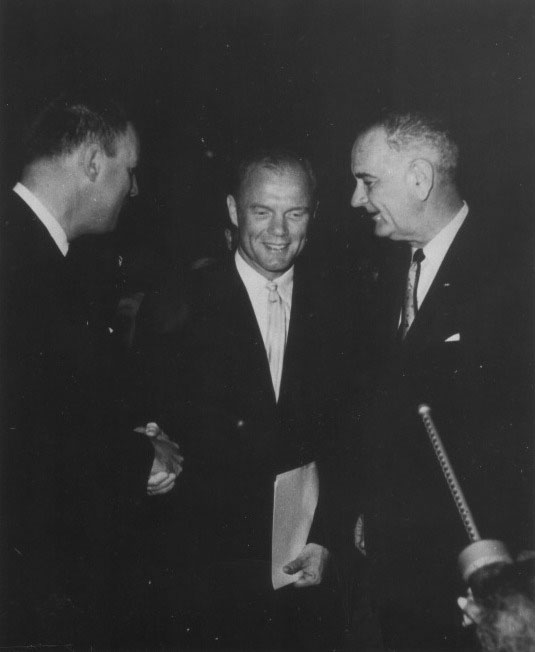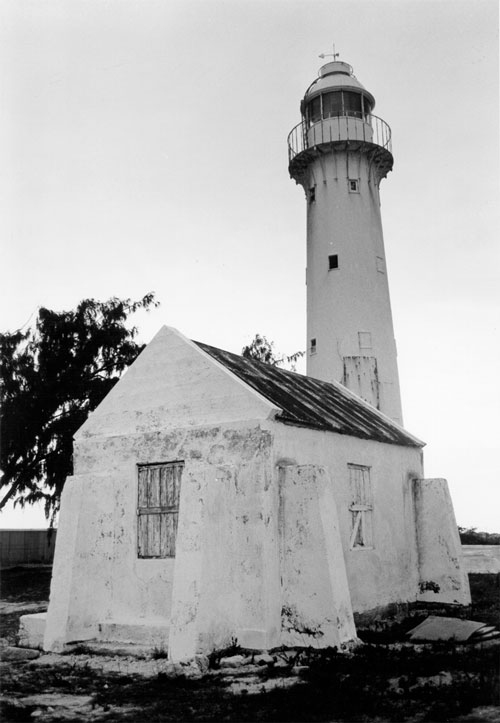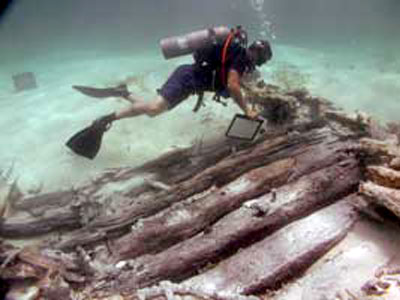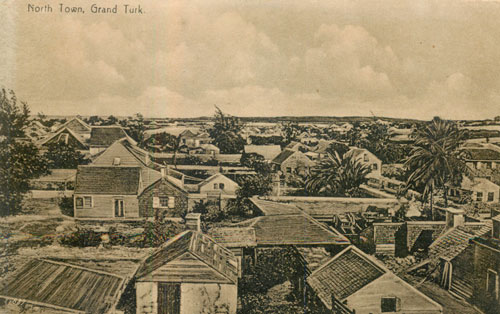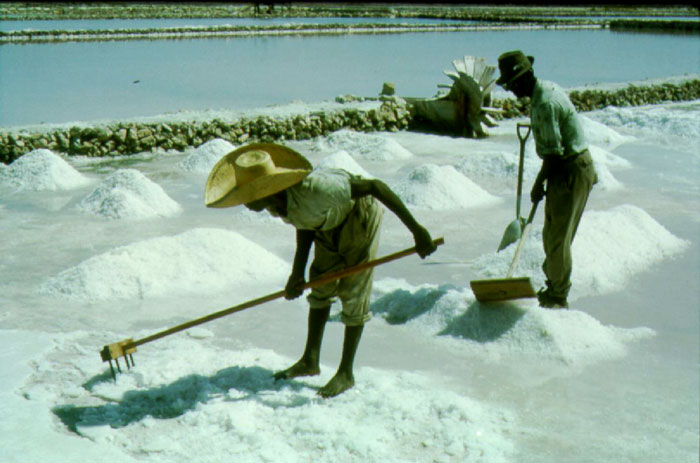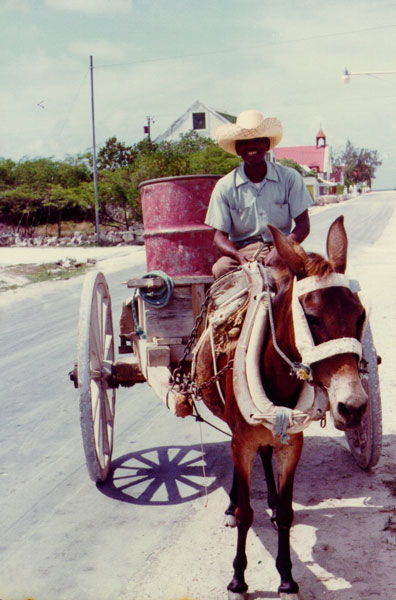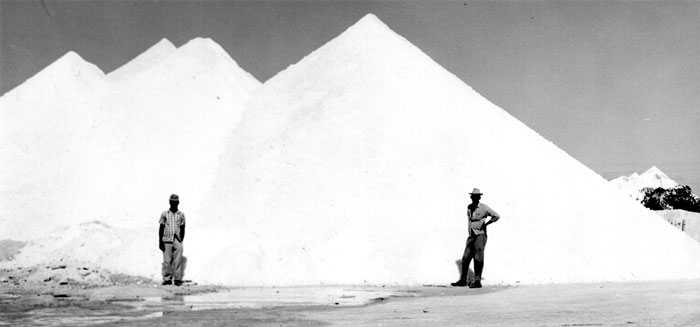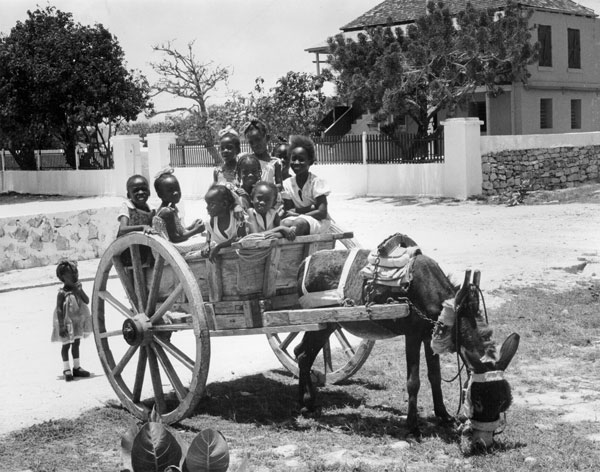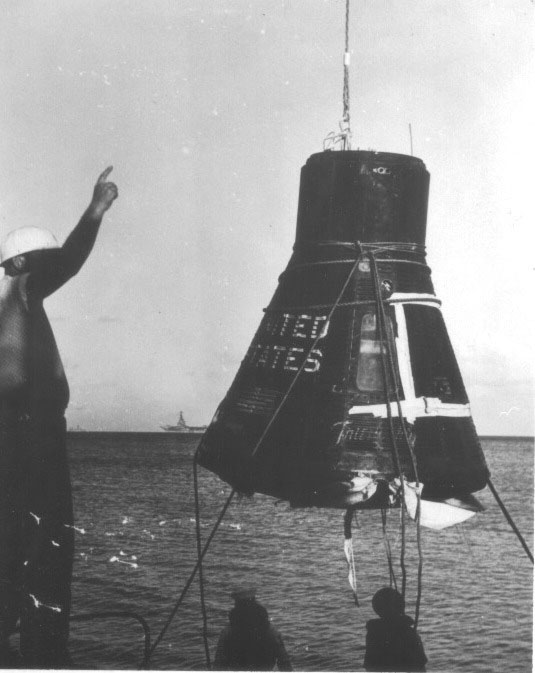African or Creole?
Some researchers have estimated that fewer than 20% of slaves bought to the Bahamas Archipelago were African born.
This would mean that the majority were born into slavery (Creole). A more in depth study of the slave records would give some idea if this percentage is the same for the Turks and Caicos Islands.
However, the information so far retrieved about the slave population gives us some idea where the slaves came from. In the early years the Bermudans would have brought their slaves down with them. Mary Prince’s account clearly shows that many of these would have been born into slavery.
It appears that the Loyalists valued their slaves and would have brought them to the Caicos Islands. However, as many had suffered losses of their property this would have included some of their slaves, so new ones would have to have been purchased. Many would have been purchased from the slave markets in Cuba and South America. Also the Loyalists would have joined the salt merchants who, in the 18th and early 19th centuries were purchasing slaves from the official trading post, Vendue House, in Nassau, or otherwise from the French planters of nearby Santo Domingo.
Of course, as explained above, the slave population does not just consist of those who were enslaved here. It also includes those stranded here by shipwrecks. In this instance they were being directly shipped from the African slave markets. Bambarra, on Middle Caicos was clearly set up by freed slaves but the name chosen for this settlement gives some indication of the original place that the slaves came from: there are settlements called Bambara in Mali and Chad.
It is worth noting that in 1801 Edwards wrote “in a country where the complexion, generally speaking, distinguishes freedom from slavery” (p8). The Slave records of 1825 through to 1834 indicate where the slaves were being purchased from, as well as whether they were “African” (referring to those born on the African continent), “Creole” (born in slavery), or “Mulatto” (a person from a Black-White mixed parentage).
However, it is clear from these and other records that many of the slaves were just traded between estates, usually at the time of the death of either a plantation or salt pond owner. Legal documents exist that record some of these transfers, usually wills, such as John Lorimer’s. One of the most interesting and early documents though relates to the transfer of slaves between Wade Stubbs and Annis Stubbs. For “five hundred pounds sterling” Annis gained the ownership of “George, Phabe, Bina, Jeny, Venus, Rachel, Charlott, Lucy, Jim, York, Nancy, Cathy and Darky with all their future (??) and increase of their bodies”. This works out at just under 42 pounds sterling per slave. This was dated 20th August, 1792.
According to Saunders (1985, p62) the only Islands within the Bahamas Archipelago to be importing slaves in large numbers after 1807 was the Turks and Caicos Islands. She claims that they were not imported for sale but were in demand in the flourishing salt industry, especially in the Turks Islands where there was one of the highest death rates and lowest rates of natural increase. However, this was also likely because the cotton industry of the Bahamas was in declining and not requiring new slaves.
